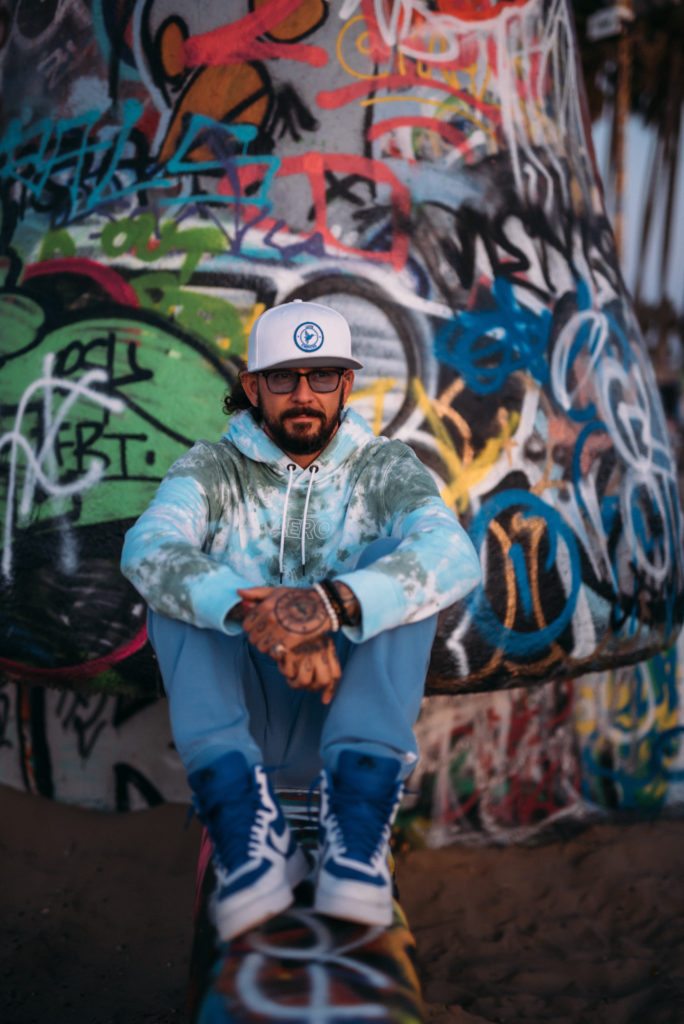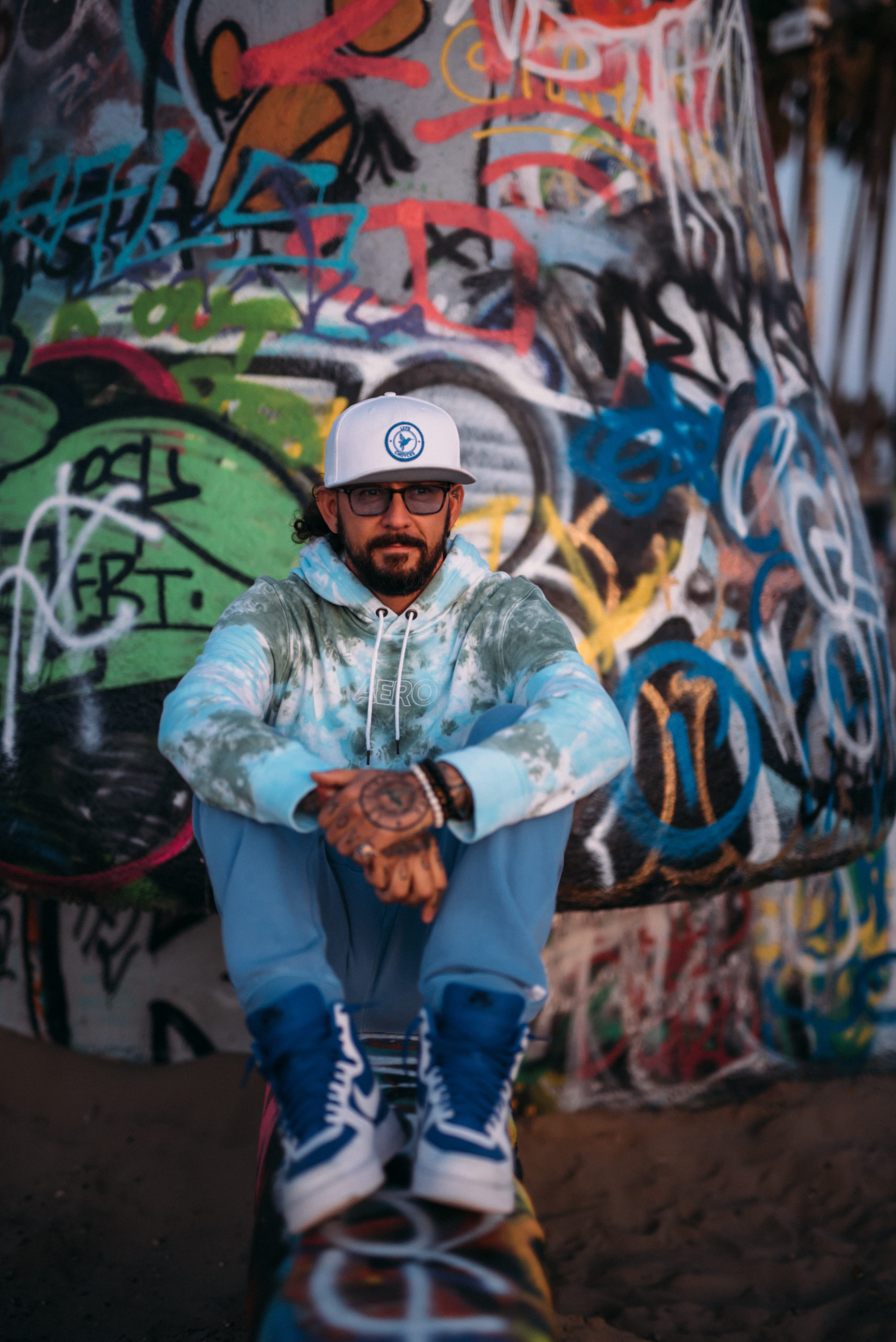Cooking is an Art
Cooking is an art. This isn’t a radical concept at first glance – sure, we’ve all watched the Food Network shows where chefs create showstopping pieces of art with their ingredients. We’ve said, or heard someone say, “Oh that’s too pretty to eat!” and we’ve held our breath when *that* 5 level cake creation gets its finishing touches before the clocks runs out on Great British Bakeoff.
But, I’d like you to consider that cooking is an art for a different reason than the visual satisfaction that it can give us in its most elaborate forms. When you enter the kitchen (your studio) and assess your ingredients (your materials), you’ll then be faced with creating. And I think the two most valuable things that you as an individual bring to creating food are: your vision and your energy. Seems vague, but let me explain. You envision what the meal you serve will look like, what utensils you’ll need to eat it with, maybe even the dish you’ll serve it in. This is an artist’s vision. Whether you’re making butter noodles, London broil, or your mom’s casserole.
The vision, which lives in your mind only, of how your meal will be served is invaluable to the cooking experience. Butter noodles in a blue ceramic bowl, served with a stemless glass of wine and eaten on a blanket on the floor; London broil, paired with grilled asparagus and garlic mashed potatoes, served on your favorite white dishes in the dining room; mom’s casserole, made in a disposable dish, eaten by friends around a picnic table, paired with soda and inside jokes. It matters, the way you envision your dish being served and enjoyed – it matters almost as much as if the casserole has that beautiful crispy top and if the asparagus has that sweet al dente perfection. Which leads to the second thing that you, as the cook, bring to the table (pun intended).
The energy with which you approach your meals affects your entire cooking, serving, and eating experience. Will your dinner guest be able to tell that you stirred the pasta carefully every few minutes, and painstakingly seasoned to taste? In a way, yes. Compassionate and specific energy always translates into something. Consider Newton’s third law, actions have reactions – energy displaced always goes somewhere. I like to think that this means your love, comfort, support – whatever emotions you want to relay while cooking, are right there in the dish alongside the rest of the ingredients.
Is this blog just about being purposeful, mindful, and loving in all of your actions, including when you cook? Maybe. I just wanted to remind you that art is just as much about the process and the intangible aspects of creating as it is about the finished, polished product.
And with that, I’ll remind you: It’s your move.
So, go make that bowl of cereal or that salmon recipe or those triple layer nachos or that strawberry cake recipe and know that you’re an artist, and when you cook, you’re serving up much more than a meal.


Cooking is an Art
Cooking is an art. This isn’t a radical concept at first glance – sure, we’ve all watched the Food Network shows where chefs create showstopping pieces of art with their ingredients. We’ve said, or heard someone say, “Oh that’s too pretty to eat!” and we’ve held our breath when *that* 5 level cake creation gets its finishing touches before the clocks runs out on Great British Bakeoff.
But, I’d like you to consider that cooking is an art for a different reason than the visual satisfaction that it can give us in its most elaborate forms. When you enter the kitchen (your studio) and assess your ingredients (your materials), you’ll then be faced with creating. And I think the two most valuable things that you as an individual bring to creating food are: your vision and your energy. Seems vague, but let me explain. You envision what the meal you serve will look like, what utensils you’ll need to eat it with, maybe even the dish you’ll serve it in. This is an artist’s vision. Whether you’re making butter noodles, London broil, or your mom’s casserole.
The vision, which lives in your mind only, of how your meal will be served is invaluable to the cooking experience. Butter noodles in a blue ceramic bowl, served with a stemless glass of wine and eaten on a blanket on the floor; London broil, paired with grilled asparagus and garlic mashed potatoes, served on your favorite white dishes in the dining room; mom’s casserole, made in a disposable dish, eaten by friends around a picnic table, paired with soda and inside jokes. It matters, the way you envision your dish being served and enjoyed – it matters almost as much as if the casserole has that beautiful crispy top and if the asparagus has that sweet al dente perfection. Which leads to the second thing that you, as the cook, bring to the table (pun intended).
The energy with which you approach your meals affects your entire cooking, serving, and eating experience. Will your dinner guest be able to tell that you stirred the pasta carefully every few minutes, and painstakingly seasoned to taste? In a way, yes. Compassionate and specific energy always translates into something. Consider Newton’s third law, actions have reactions – energy displaced always goes somewhere. I like to think that this means your love, comfort, support – whatever emotions you want to relay while cooking, are right there in the dish alongside the rest of the ingredients.
Is this blog just about being purposeful, mindful, and loving in all of your actions, including when you cook? Maybe. I just wanted to remind you that art is just as much about the process and the intangible aspects of creating as it is about the finished, polished product.
And with that, I’ll remind you: It’s your move.
So, go make that bowl of cereal or that salmon recipe or those triple layer nachos or that strawberry cake recipe and know that you’re an artist, and when you cook, you’re serving up much more than a meal.

